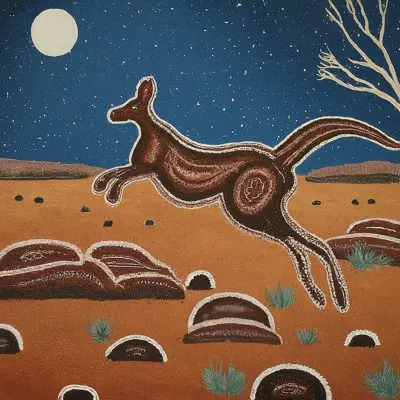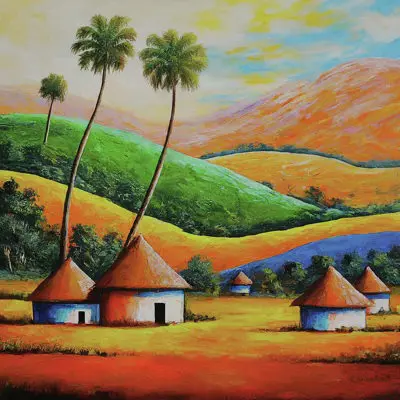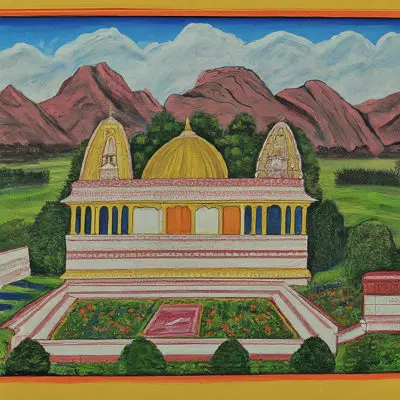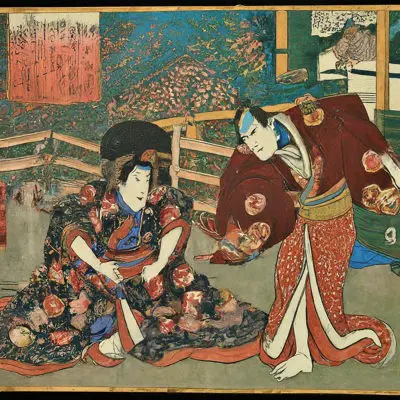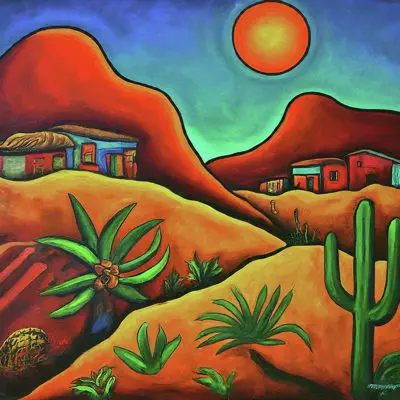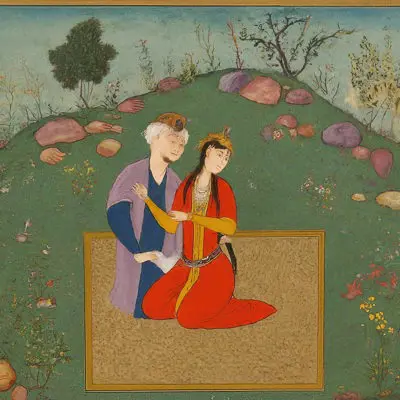Explore Unique Cultural and Regional Painting Styles Worldwide
Cultural and Regional painting styles are art forms deeply rooted in the traditions, beliefs, and history of specific communities or geographic areas. These styles often reflect the unique aesthetics, values, and worldviews of the people from that culture or region. Each style incorporates distinctive techniques, materials, and subject matter that are shaped by local customs, environment, and social structures.
Key Characteristics of Cultural and Regional Painting Styles
- Connection to Tradition
- Cultural and regional paintings often adhere to long-established techniques and motifs passed down through generations, preserving historical practices and cultural identity.
- Example: Tibetan Thangka painting, where specific rules govern the depiction of religious figures and symbols based on Buddhist teachings.
- Use of Local Materials and Techniques
- Artists frequently use materials sourced from their surroundings, such as natural pigments, handmade brushes, or local textiles, which are integral to the style’s authenticity.
- Example: Aboriginal Dot painting in Australia uses natural ochres and acrylic paints to create intricate patterns of dots that reflect the land and ancestral stories.
- Symbolism and Cultural Significance
- Cultural paintings often convey important cultural stories, beliefs, and values through symbolic imagery, colors, and forms, offering insight into the spiritual or social fabric of a community.
- Example: African Tribal Art, where masks and sculptures are rich in symbolic meaning, representing ancestors, spiritual forces, or tribal identity.
- Themes of Daily Life, Religion, and Mythology
- Regional painting styles frequently depict scenes from daily life, religious practices, mythology, and history, reflecting the community's way of life and cosmological understanding.
- Example: Indian Miniature painting, which illustrates epic tales from the Ramayana and Mahabharata, along with court scenes, nature, and divine figures.
- Diverse Aesthetic Traditions
- Each region or culture has its own aesthetic principles, which can range from highly detailed and ornate to abstract and symbolic, depending on the cultural context.
- Example: Mexican Muralism is bold and large-scale, often depicting social and political themes, while Japanese Ink Wash painting (Sumi-e) emphasizes simplicity, fluidity, and harmony with nature.
Cultural and regional painting styles are deeply intertwined with the identities and histories of their respective communities. They reflect the unique social, spiritual, and environmental contexts in which they are created, using local materials and techniques, and are often rich in symbolic and traditional meaning. These styles are not only artistic expressions but also serve as preservers of cultural heritage and storytelling across generations.

